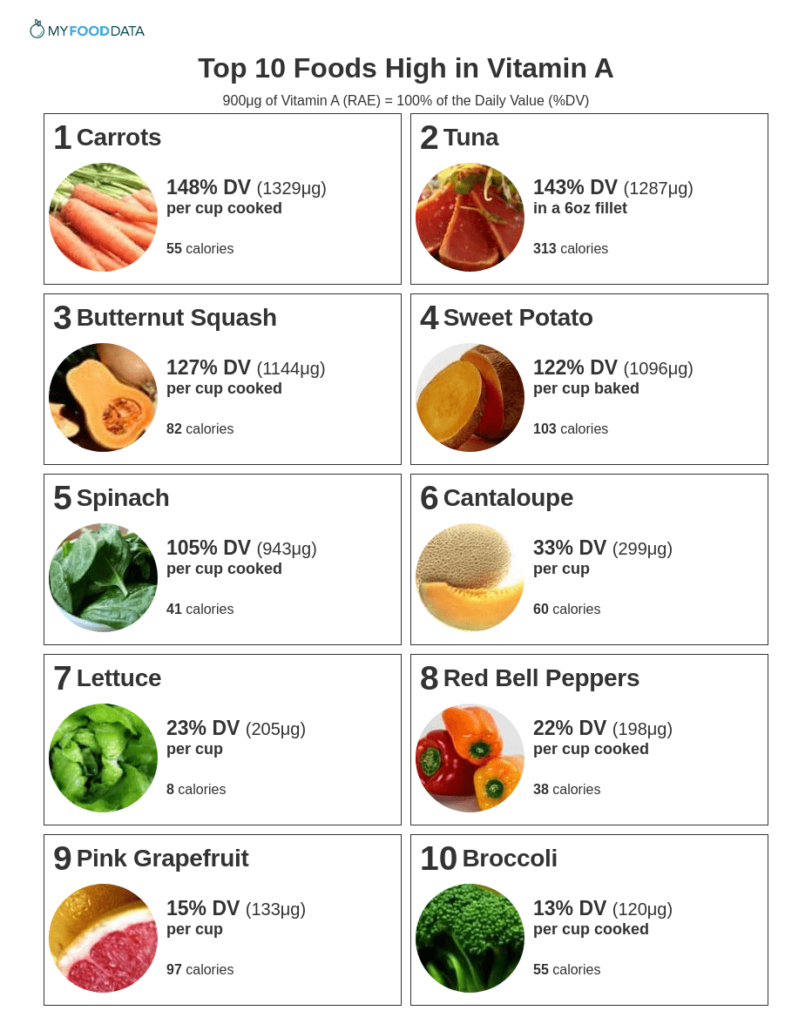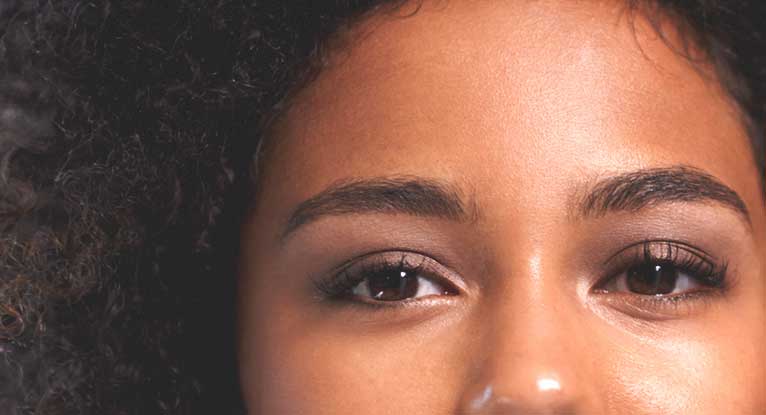Xerophthalmia
What is Xerophthalmia ?
Xerophthalmia is a medical condition which encompasses all the eye manifestations due to Vitamin A deficiency. It begins with dry eyes and can lead to night blindness or spots on your eyes if goes untreated. It can even damage the cornea of your eye and cause blindness.
Who are more susceptible to Xerophthalmia ?
Although Vitamin A deficiency may be seen in all the ages, preschool child (1-4 years) is more susceptible to severe forms of Vitamin A deficiency. This disease is common in developing countries where people are more likely to have nutrient deficiencies.
What causes Xerophthalmia ?
Vitamin A or retinol helps in maintaining healthy eyes and vision. It also protects various vital organs including lungs & heart and supports immune system. However, body can’t make its own Vitamin A and requires it from animal & plant foods or supplements. Deficiency of Vitamin A causes drying of eyes which is called Xerophthalmia.
What factors cause Vitamin A deficiency in body ?
As already mentioned that Vitamin A deficiency can occur at any age but it is common between the ages 1 and 3. Younger the child, more severe is the deficiency and is associated with great mortality (death). The cornea is rarely affected in children beyond the age of 5 years. Following are the causes :-
- Dietary inadequacy :- This is the main cause of Vitamin A deficiency where adequate quantity is not supplied by the food we consume. It occurs mainly in villages & urban slums and low income groups.
- Maternal Malnutrition :- New born gets it from mother if mother is also Vitamin A deficient.
- Infections and Infestations :- Common child infections like diarrhoea and respiratory infections, and worm infestations like round worm disease are very common in children. These cause reduction in the absorption of Vitamin A, leading ultimately to deficiency.
- Lack of Nutrition Education :- Those who don’t receive proper education about nutrition are usually unaware of the benefits of Vitamin A. This can lead to lower intake of Vitamin A in their diet.
- Alcoholism :- Drinking excess alcohol may decrease the levels of Vitamin A in your body.
What are clinical features of Xerophthalmia ?
In Vitamin A deficiency, the two parts which show clinically diagnosable signs are Conjunctiva and Cornea. The conjunctiva (the shining white part of the eye) helps to lubricate the eye by producing tears and also prevents the entrance of microbes into the eyes. The Cornea (the transparent black part of the eye) is tough, clear black covering, through which light enters the eye and any damage to it can lead to either partial or complete blindness. The WHO recommends the following classification of Xerophthalmia.
- Night Blindness :- Individuals suffering from night blindness can’t see in dim light or around dusk. This is also known as Rathoundi. It is tough to assess in young children.
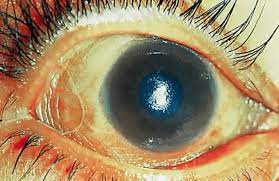
- Conjunctival Xerosis :- Xerosis in Greek means dryness. This means dryness of Conjunctiva. In the normal eyes, the membrane covering the white portion of the eye is bright, white and moist. In case of Xerophthalmia, it becomes discoloured, dry and loses its brightness. This is known as conjunctival xerosis. The diagnosis is difficult and subjective.
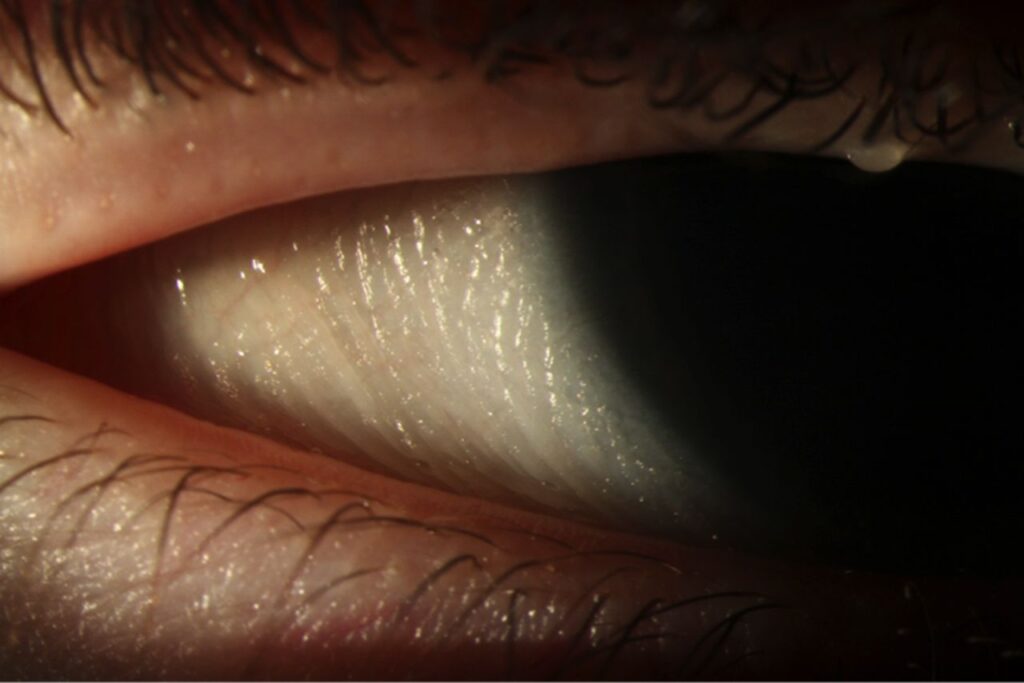
- Bitot Spots :- As the deficiency progresses, in addition to xerosis of conjunctiva, dry, foamy, angular spots appear on the conjunctiva. These are known as Bitot’s spots. They are used as indicators of the deficiency of Vitamin A in the community.
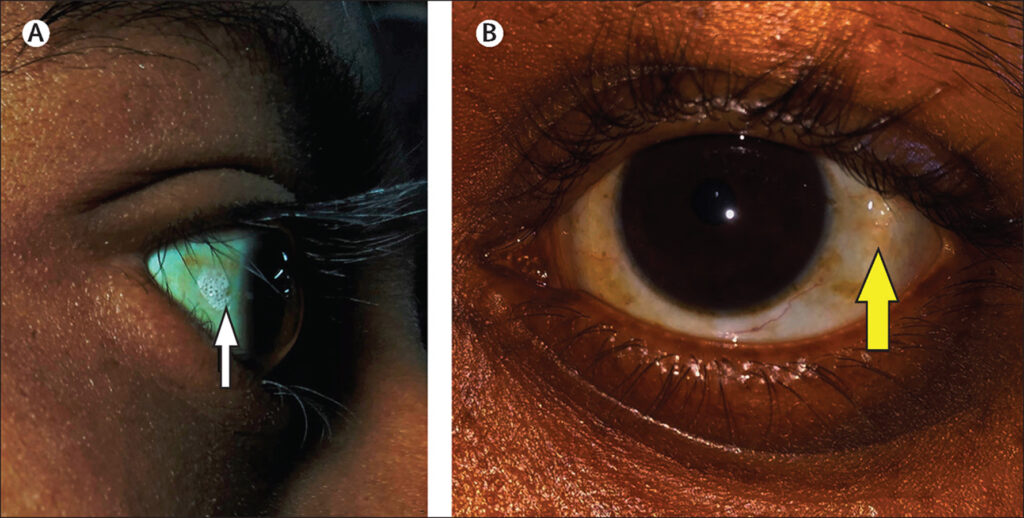
- Corneal xerosis :- The normal cornea is moist, transparent and shining. When Vitamin A deficiency becomes severe, the cornea becomes dry and dull and appear like ground glass. This medical condition is called corneal xerosis, which means dryness of the cornea. Corneal xerosis should be treated as an emergency.
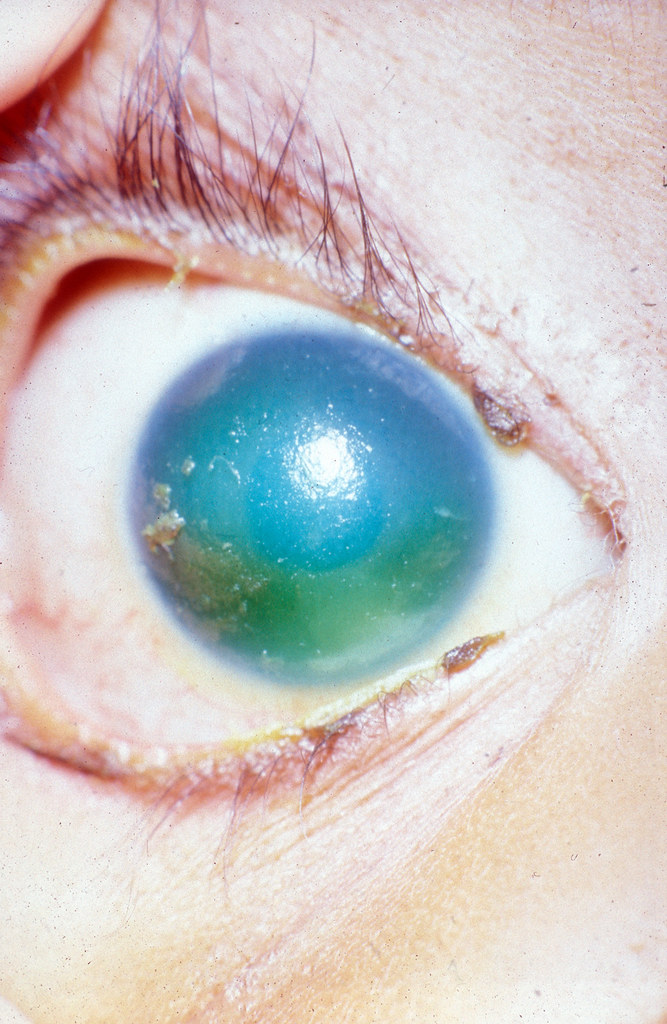
- Karatomalacia :- In the most dangerous form of Xerophthalmia, the cornea becomes very soft and raw and easily infected. It leads to complete destruction of the eye. This condition inevitably leads to irreversible blindness. Generally, this condition is seen in both the eyes and is common in children between the ages of 1-3 years. 60-65% of these children die.
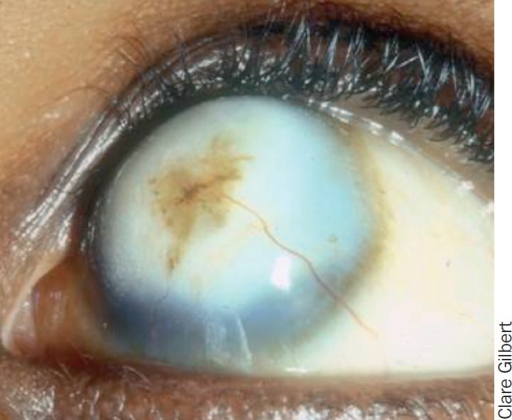
How to Prevent Xerophthalmia ?
- Promote Consumptions of Vitamin A rich foods :- Vitamin A is available only in foods of animal origin like milk, eggs, liver, fish etc. Also green leafy vegetables, yellow vegetables and yellow coloured fruits provide beta carotene, which is the precursor of Vitamin A.

- Periodic administration of Vitamin A :- It is possible to build up sufficient Vitamin A stored in a child (which is stored in the liver) by giving large doses of Vitamin A once every six months.
How to treat Xerophthalmia ?
The main treatment is by Vitamin A therapy or Supplementation. It can be given orally or by injection. Doctors may also give other medications like antibiotics to prevent eye infections. In case of acute deficiency, Vitamin A or Retinol rich foods like meat and Beta carotene rich foods like yellow-colored fruits and vegetables are recommended.
